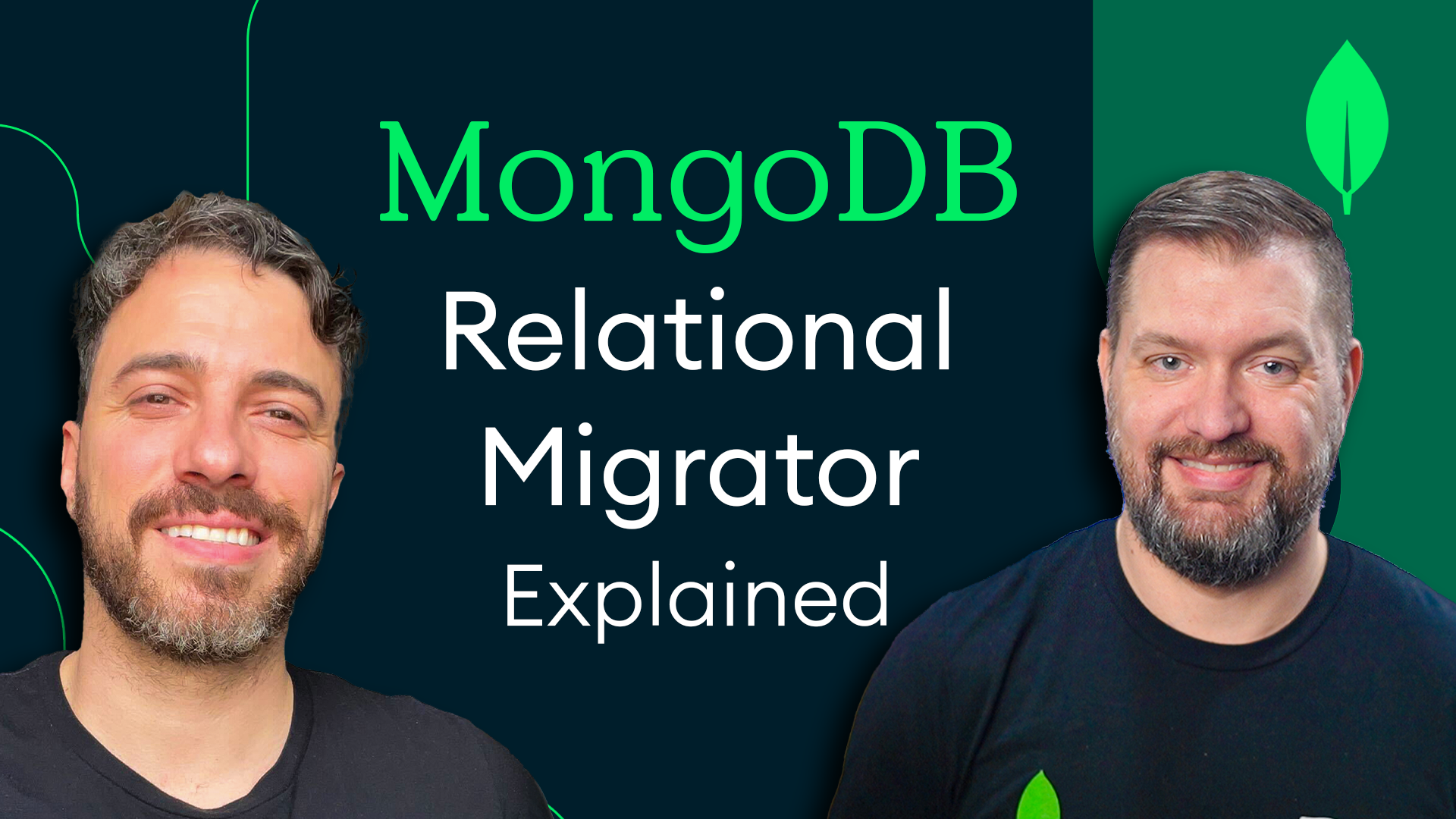Tools
Relational Migrator
Relational migrator is a free tool that streamlines migrating from legacy relational databases to MongoDB, accelerating application modernization initiatives.

Confidently migrate to MongoDB
Relational Migrator addresses the most common data modeling, code conversion, and migration challenges, reducing the effort and risk involved in migration projects.
- Identify potential data and configuration risks before migrating to MongoDB
- Migrate to MongoDB from Oracle, MySQL, SQL Server, PostgreSQL, Sybase ASE, IBM Db2, and more
- Free to download and use
- Available on Mac, Windows, Redhat, Ubuntu, and Docker

Identify potential migration risks early
Pre-migration analysis automates the migration assessment process. It uses advanced algorithms to analyze the source database’s schema, highlights potential data and configuration risks, and provides tailored recommendations to help you successfully migrate to MongoDB.Feature overview



RELATIONAL MIGRATOR
“The Relational Migrator is very simple to use. It's just a user console—anyone with basic knowledge can use it. That's the best part of it. The whole migration was very fast. We saved at least 50% of our effort using Relational Migrator.”
Neha Yadav
Lead Engineer, Nationwide Building Society
Lead Engineer, Nationwide Building Society
Learn more
Start in minutes
Upgrade from your relational database to MongoDB’s modern database platform using Relational Migrator and start building today.
START FOR FREE:
- Identify potential migration risks
- Connect relational database
- Build your schema
- Migrate to MongoDB
- Update app code
- Convert SQL objects and validate code

_Spot.svg)
_Spot.svg)
